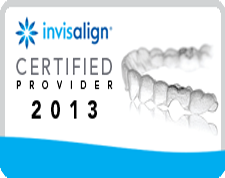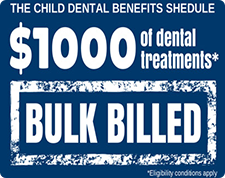Gum disease affects most people at some time during their life. It is usually caused by a build-up of plaque on teeth. One of the common signs of gum disease is bleeding gums. Different stages of gum disease are gingivitis and periodontitis. Gum disease is usually caused by plaque, a sticky film of bacteria that constantly forms on teeth. If plaque is not removed with thorough daily brushing and cleaning between teeth, gums become irritated and inflamed. The irritated gum tissue can separate from the teeth and form spaces called pockets. Destructive bacteria move into the pockets where they continue to promote irritation. Left untreated, the process can continue until the bone and other tooth-supporting tissues are destroyed. Periodontal disease progresses as the sulcus (pocket or space) between the tooth and gums gets filled with bacteria, plaque, and tartar, causing irritation to the surrounding tissues. When these irritants remain in the pocket space, they can cause damage to the gums and eventually, the bone that supports the teeth. Gum disease is the leading cause of tooth loss in adults.
The different stages of gum disease:
Gingivitis
Gingivitis is early gum disease and occurs when dental plaque builds up on teeth, particularly where the gum joins the tooth. The signs of gingivitis are bleeding, redness and swelling of the gum. Gingivitis usually precedes periodontitis.
In the early stage of gingivitis, bacteria in plaque build up, causing the gums to become inflamed and to easily bleed during tooth brushing. Although the gums may be irritated, the teeth are still firmly planted in their sockets. No irreversible bone or other tissue damage has occurred at this stage. When gingivitis is left untreated, it can advance to periodontitis. In a person with periodontitis, the inner layer of the gum and bone pull away from the teeth and form pockets. These small spaces between teeth and gums collect debris and can become infected.
Periodontitis
Periodontitis is an advanced gum disease that may occur if gingivitis is not treated. The gum margin – the part of the gum that seals to the tooth, – is weakened and spaces form between the tooth and the gum. These spaces are called ‘periodontal pockets.’ Bacteria and their products become trapped in these pockets causing further inflammation (redness and swelling). Signs of periodontitis include bleeding, swelling and receding gums together with bad breath, a bad taste in the mouth and loose teeth.
Toxins or poisons — produced by the bacteria in plaque as well as the body’s “good” enzymes involved in fighting infections — start to break down the bone and connective tissue that hold teeth in place. As the disease progresses, the pockets deepen and more gum tissue and bone are destroyed. When this happens, teeth are no longer anchored in place, they become loose, and tooth loss occurs.
Gingivitis and Periodontics Treatment:
Treatment methods depend upon the type and severity of the disease. If the disease is caught in the early stages of gingivitis, and no damage has been done, one to two regular cleanings will be performed. You will also be given instructions on improving your daily oral hygiene habits and having regular dental cleanings.
If the disease has progressed to more advanced stages, a special periodontal cleaning called scaling and root planing will be performed. It is usually done one quadrant of the mouth at a time while the area is numb. In this procedure, tartar, plaque, and toxins are removed from above and below the gum line (scaling) and rough spots on root surfaces are made smooth (planing). This procedure helps gum tissue to heal and pockets to shrink. If the pockets do not heal after scaling and root planning, periodontal surgery may be needed to reduce pocket depths, making the teeth easier to clean.









